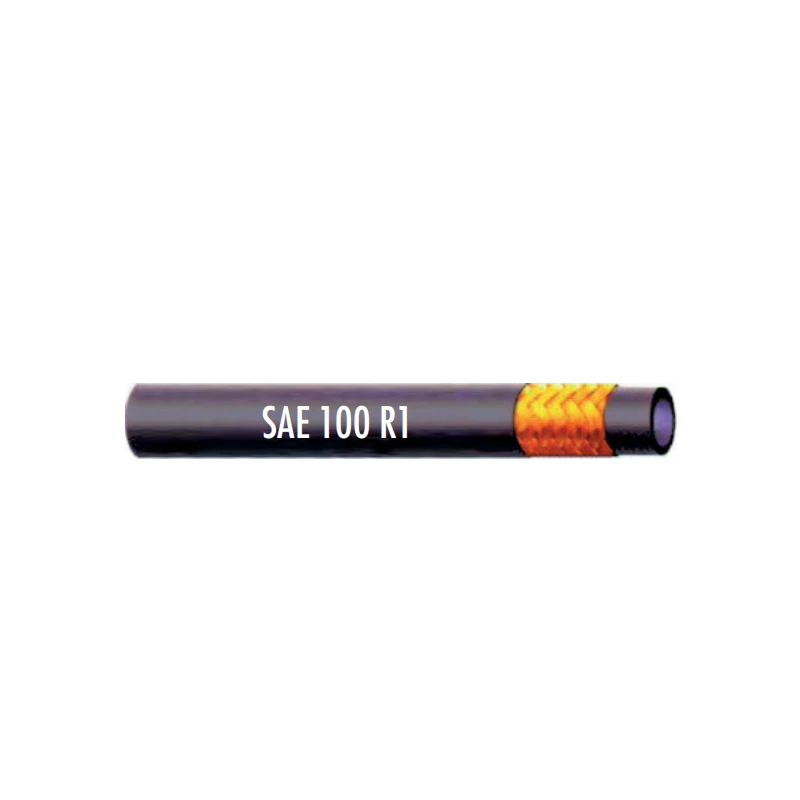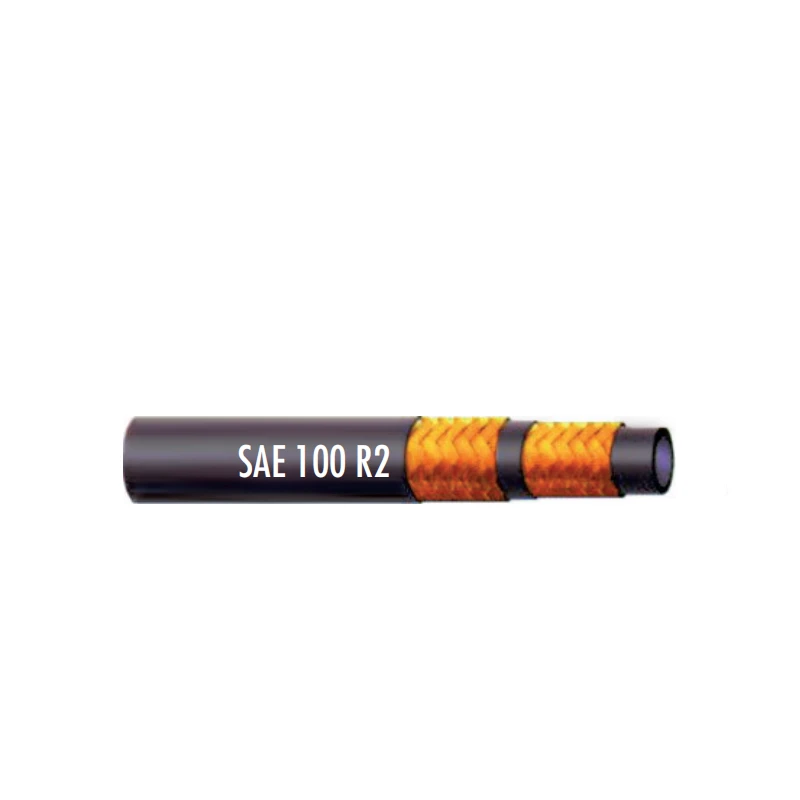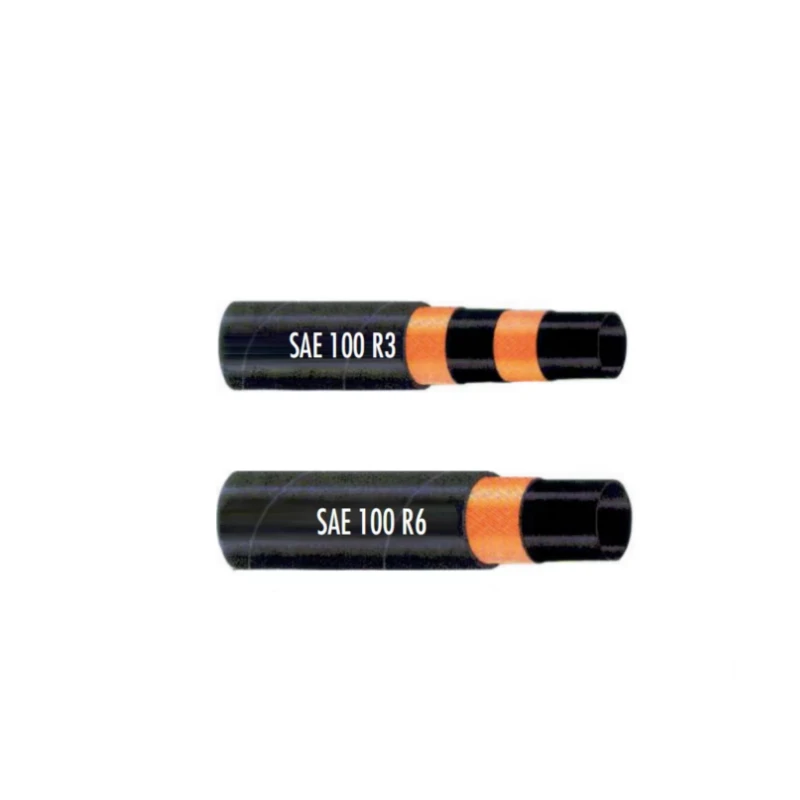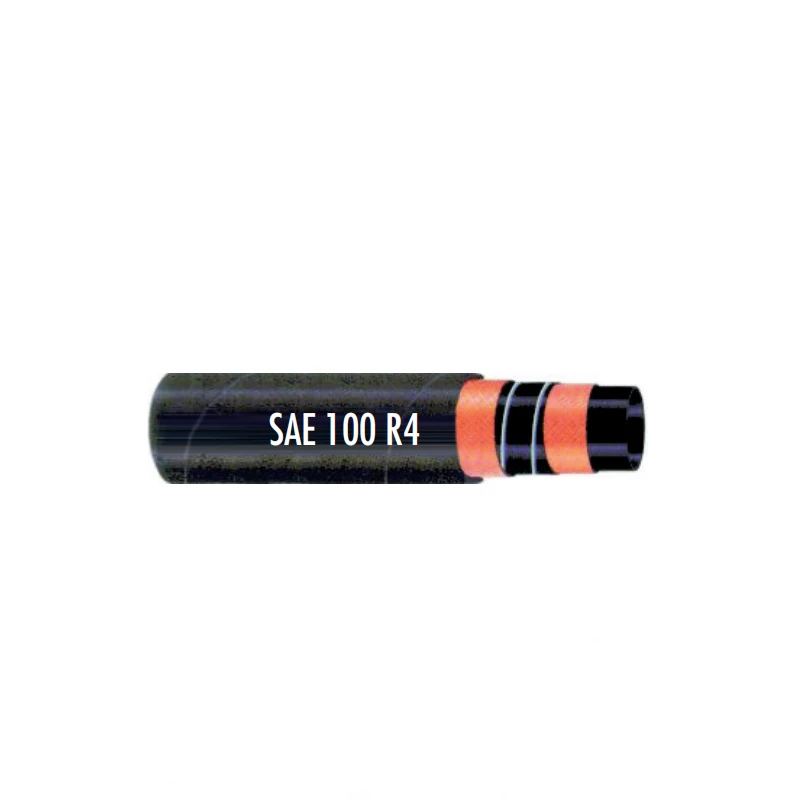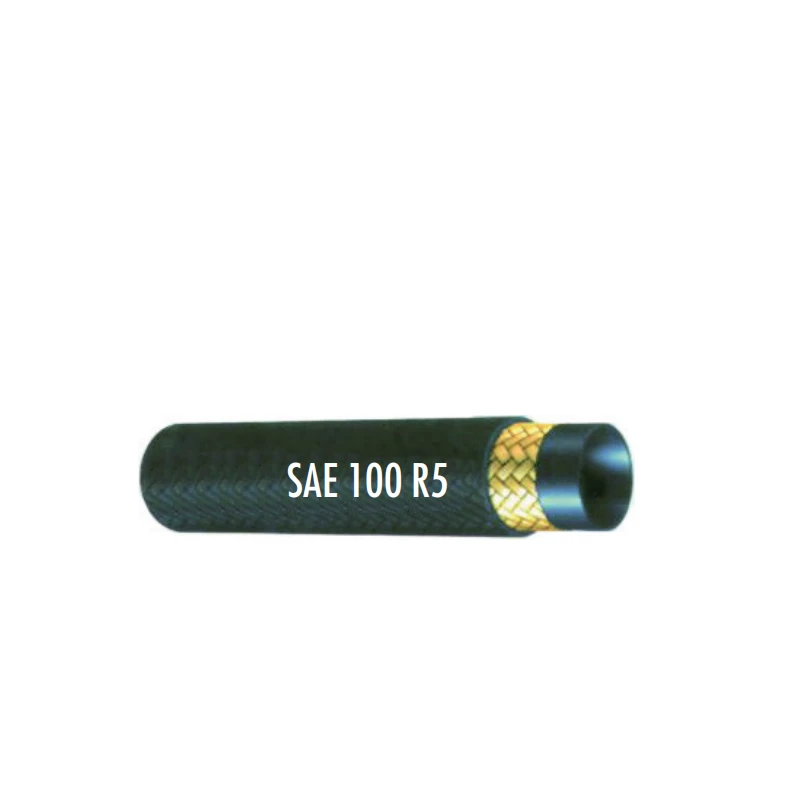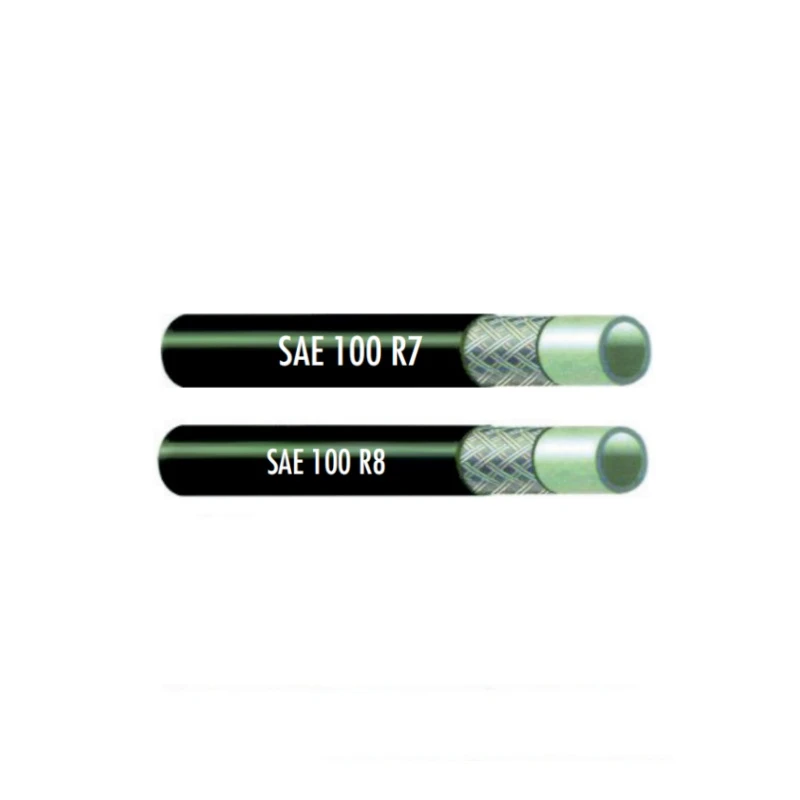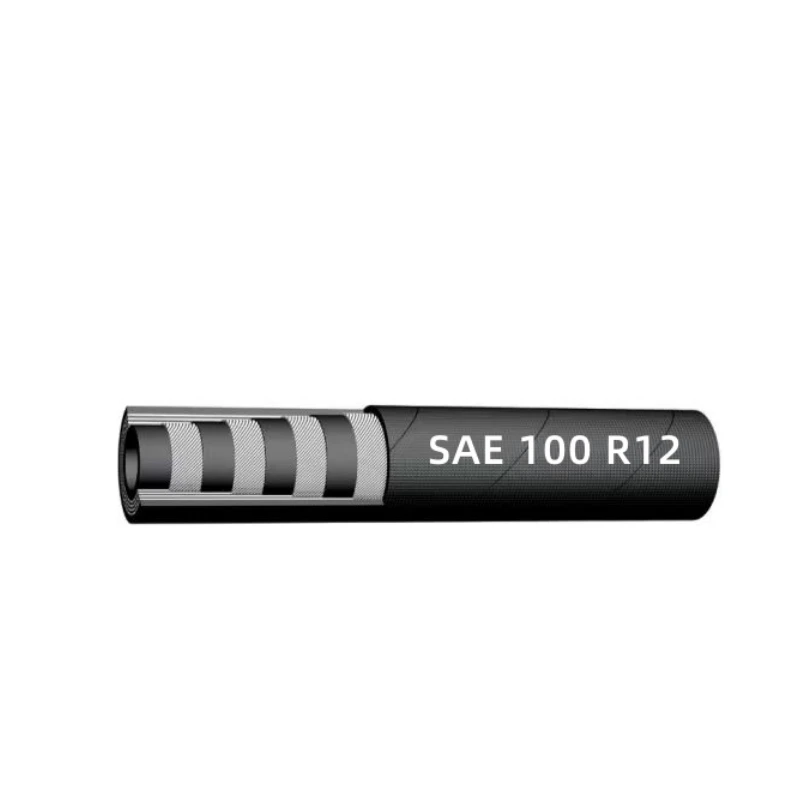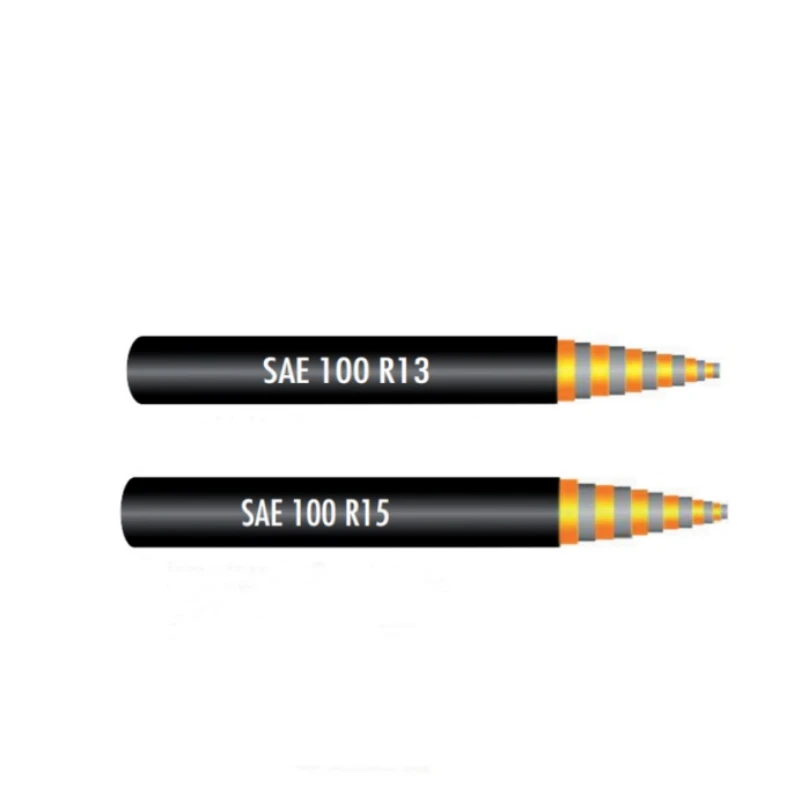
- Afrikaans
- Albanian
- Amharic
- Arabic
- Armenian
- Azerbaijani
- Basque
- Belarusian
- Bengali
- Bosnian
- Bulgarian
- Catalan
- Cebuano
- Corsican
- Croatian
- Czech
- Danish
- Dutch
- English
- Esperanto
- Estonian
- Finnish
- French
- Frisian
- Galician
- Georgian
- German
- Greek
- Gujarati
- haitian_creole
- hausa
- hawaiian
- Hebrew
- Hindi
- Miao
- Hungarian
- Icelandic
- igbo
- Indonesian
- irish
- Italian
- Japanese
- Javanese
- Kannada
- kazakh
- Khmer
- Rwandese
- Korean
- Kurdish
- Kyrgyz
- Lao
- Latin
- Latvian
- Lithuanian
- Luxembourgish
- Macedonian
- Malgashi
- Malay
- Malayalam
- Maltese
- Maori
- Marathi
- Mongolian
- Myanmar
- Nepali
- Norwegian
- Norwegian
- Occitan
- Pashto
- Persian
- Polish
- Portuguese
- Punjabi
- Romanian
- Russian
- Samoan
- scottish-gaelic
- Serbian
- Sesotho
- Shona
- Sindhi
- Sinhala
- Slovak
- Slovenian
- Somali
- Spanish
- Sundanese
- Swahili
- Swedish
- Tagalog
- Tajik
- Tamil
- Tatar
- Telugu
- Thai
- Turkish
- Turkmen
- Ukrainian
- Urdu
- Uighur
- Uzbek
- Vietnamese
- Welsh
- Bantu
- Yiddish
- Yoruba
- Zulu

Jun . 03, 2025 08:11 Back to list
Chemical Rubber Hose - 1/2" Size, Durable & Chemical Resistant
Picture this: Your chemical transfer operation suddenly stops. Why? Hose failure sprayed corrosive chemicals everywhere. Safety alarms blare. Production halts. Cleanup costs soar. Your team stares at toxic leaks and downtime losses. Chemical manufacturing suffers over $150 million in damages annually from hose failures. Are you risking that nightmare?
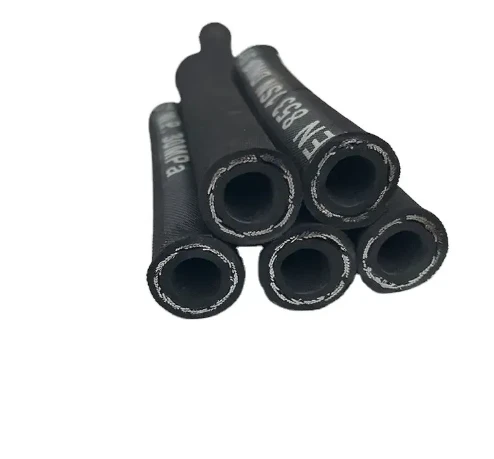
(chemical rubber hose)
Technical Superiority: Why Our Chemical Rubber Hose Leads the Industry
What makes our rubber chemical hose withstand acids, solvents, and extreme pressures? Triple-layer technology. Our inner tube resists 400+ chemicals. Reinforcement braiding adds steel-like strength. The outer cover shields against abrasion and weather. While ordinary hoses crack at 200 psi, ours handles 500 psi easily. Imagine zero-leak transfers. For maximum safety.
| Specification | Standard Hose | Our Chemical Rubber Hose |
|---|---|---|
| Max Pressure | 250 PSI | 500 PSI |
| Chemical Resistance | 150 chemicals | 450+ chemicals |
| Temperature Range | -10°F to 180°F | -40°F to 300°F |
| Life Expectancy | 6-12 months | 24-36 months |
Manufacturer Comparison: Don't Settle for Less
Why choose generic when you need chemical-grade? Budget hoses from unknown suppliers have hidden costs. Frequent replacements. Chemical cleanups. Production interruptions. Our rubber chemical hose outperforms competitors with reinforced structure. We use NBR compounds not recycled rubber. Unlike others, every hose undergoes pressurized chemical testing. Before shipping.
Custom Solutions: Your Needs, Our Expertise
Need special fittings? Specific lengths? Aggressive chemical compatibility? We engineer solutions. Our 1 2 chemical hose models handle high-volume transfers without pressure drops. Request any diameter between 1/4" to 6". We'll customize end fittings from cam-lock to flanges. Fast. Tell us your chemical composition. We'll verify compatibility upfront. Avoid expensive mistakes.
Real-World Applications: Success Stories
Consider Midwest Chemical Co. They used inferior rubber chemical hose. Sulfuric acid leaks caused weekly shutdowns. Then they switched to us. Zero incidents for 18 months. Saved $400,000 annually. Or Pacific Pharma Solutions. They needed FDA-compliant transfers. Our FDA-grade hoses accelerated approvals. Cut validation time by 60%. Want similar results? Ask about our installation guides and maintenance protocols.
Ready to end chemical transfer headaches? As industry pioneers with 30+ years expertise, ChemHose Innovations guarantees reliability. Our chemical rubber hose
solutions come with lifetime technical support and rapid replacements. Protect your facility. Boost operational efficiency. → Request Your Free Chemical Compatibility Report Now
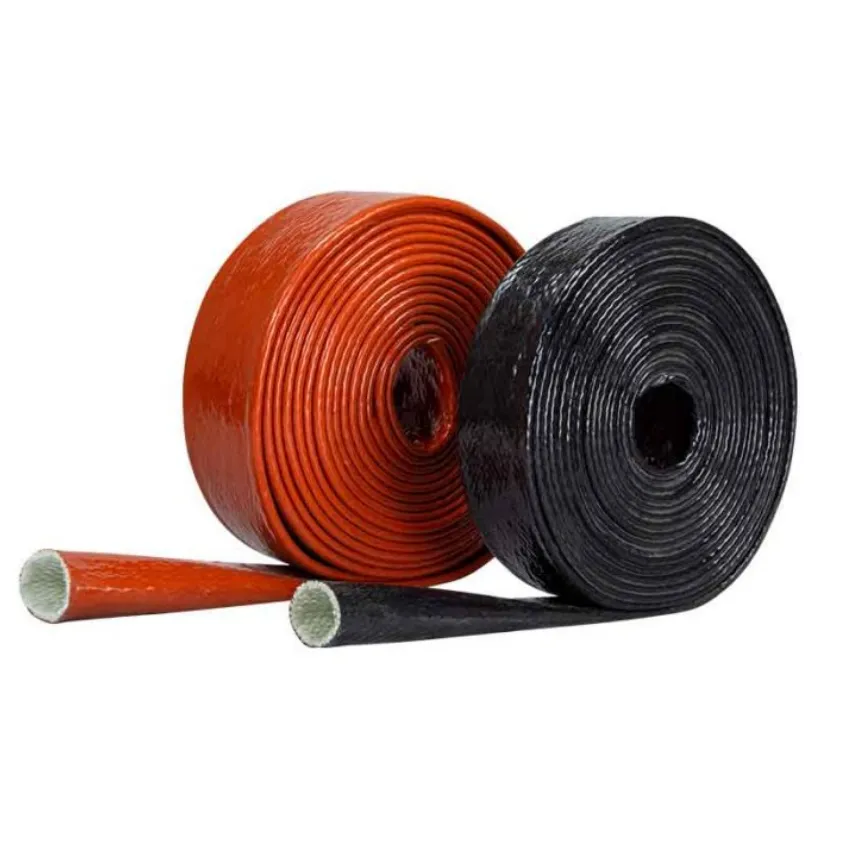
(chemical rubber hose)
FAQS on chemical rubber hose
Q: What is a chemical rubber hose typically used for?
A: Chemical rubber hoses transfer aggressive chemicals like acids or solvents. They safely contain hazardous liquids in industrial labs or manufacturing plants. Proper material compatibility prevents corrosion and leaks.
Q: Why choose rubber chemical hoses over standard rubber hoses?
A: Rubber chemical hoses feature specialized compounds resistant to corrosion and degradation. They maintain flexibility when exposed to extreme chemicals or temperatures, whereas standard hoses may deteriorate rapidly.
Q: Which industries commonly use 1/2" chemical rubber hoses?
A: 1/2 chemical hoses serve pharmaceutical production and chemical processing plants. Their compact diameter suits precise fluid transfers or laboratory applications. Smaller-scale equipment benefits from this size's maneuverability.
Q: What chemical exposures can a rubber chemical hose withstand?
A: Quality rubber chemical hoses resist acids, alkalis, fuels, and solvents. Ethylene propylene diene monomer (EPDM) or chlorinated rubber blends offer broad compatibility. Material selection must match specific chemical concentrations.
Q: How do I maintain chemical rubber hoses for safety?
A: Inspect hoses regularly for cracks, swelling, or discoloration. Flush systems after exposure to incompatible substances and store coiled away from UV light. Always adhere to pressure ratings and chemical compatibility charts.
Latest News
Steel Wire Reinforced Hydraulic Hose SAE 100 R1 / EN853 1SN S
NewsOct.17,2024
Two Layers Steel Wire Reinforced Hydraulic Hose SAE 100 R2 / EN853 2SN
NewsSep.03,2024
Textile Braid Reinforced Hydraulic Hose SAE100 R3+R6
NewsSep.03,2024
Textile Reinforced Hydraulic oil Suction Hose with embedded Steel Wire SAE 100 R4
NewsSep.03,2024
Single Wire Braid and Textile Covered Hydraulic Hose SAE 100 R5
NewsSep.03,2024
High Pressure Thermoplastic Hydraulic Hose SAE 100 R7 / EN855 R7 - SAE 100 R8 / EN855 R8
NewsSep.03,2024
Heavy Duty Four-layer Steel Wire Spiral Reinforced Hydraulic Hose SAE100R9+R10+R12
NewsSep.03,2024
Heavy Duty Multi-layer Steel Wire Reinforced Hydraulic Hose SAE100R13 SAE100R15
NewsSep.03,2024
Latest Products
